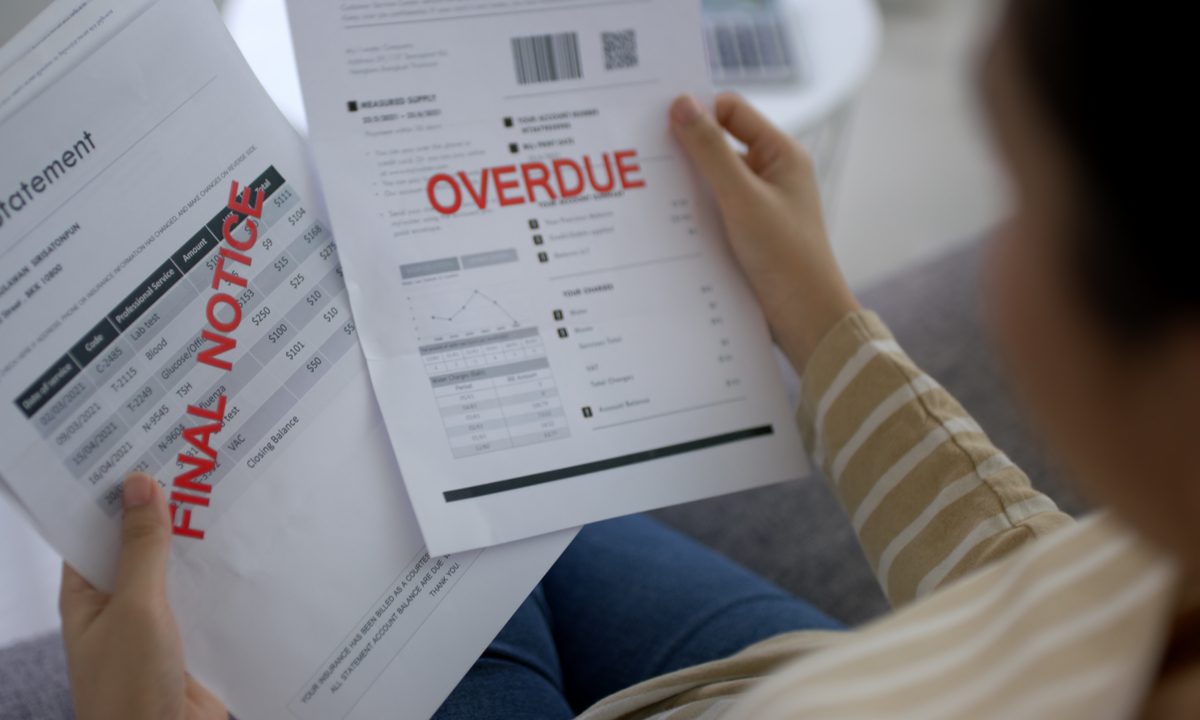
The paycheck-to-paycheck pressures are showing up in the cards.
Though we don’t have all the details yet, from all the issuers, there are at least some recent stats that show cardholders falling a behind on their monthly obligations.
The latest example came on Monday (Sept. 12) from Synchrony Bank, which said in a filing with the Securities and Exchange Commission that the percentage of loans at least 30% past due, as a percentage of period end loan receivables stood at 3.1% at the end of August, up from 2.3% last year and 2.9% at the end of July.
Elsewhere, Discover Financial Services reported that the delinquency rate, at 30 days or more, was 1.8% at the end of July, up from 1.4% last year.
CNBC reported this week, too, that, per a research note from J.P. Morgan, Goldman’s loss rate on Apple Card credit card loans was also elevated, at 2.93% in the second quarter.
And for a more holistic view, the St. Louis Fed has estimated that the delinquency rate on credit card loans held by all commercial banks was, at the end of the second quarter, 1.8%, up from 1.6%.
Now, that’s a significantly lower rate than had been seen in the second quarter two years ago at the height of the pandemic. Back then, the delinquency rate was 2.4%.
As we reported in this space in recent weeks, buy now, pay later (BNPL) providers are weathering the storm, even though the loss/delinquency rates are on the upswing, too. PayPal’s commentary and filings do not break out, specifically, the puts and takes with BNPL. But the filings show that the transaction and credit loss rate, as a percentage of total payment volume (TPV), was 13 basis points, up from five basis points a year ago. That is indeed more than a doubling, albeit off a previously (nearly) non-existent base.
Block said that losses on consumer receivables were 1.02% of gross merchandise value (GMV) during the second quarter, an improvement compared to 1.17%. Overall, said CFO Amrita Ahuja, “we continue to see healthy consumer repayment behavior with 90% to 95% of installments paid on time.”
We’re not at a crisis point, at least not yet. The fact that delinquencies are rising for most of these players speaks volumes to the fact that we’re 1) coming off a low base of non-performing loans and 2) more consumers are facing the pressures of living paycheck to paycheck (which is, of course, most of us). In an age where roughly 60% of us have little if anything left over to pay the bills, and 13% of us spend more than we’ve taken in (via our paychecks) through the past few months, it makes sense that we’d fall a bit behind on the bills.
The plumes of smoke are rising from the credit sector — whether there’ll be fire is anyone’s guess at the moment.